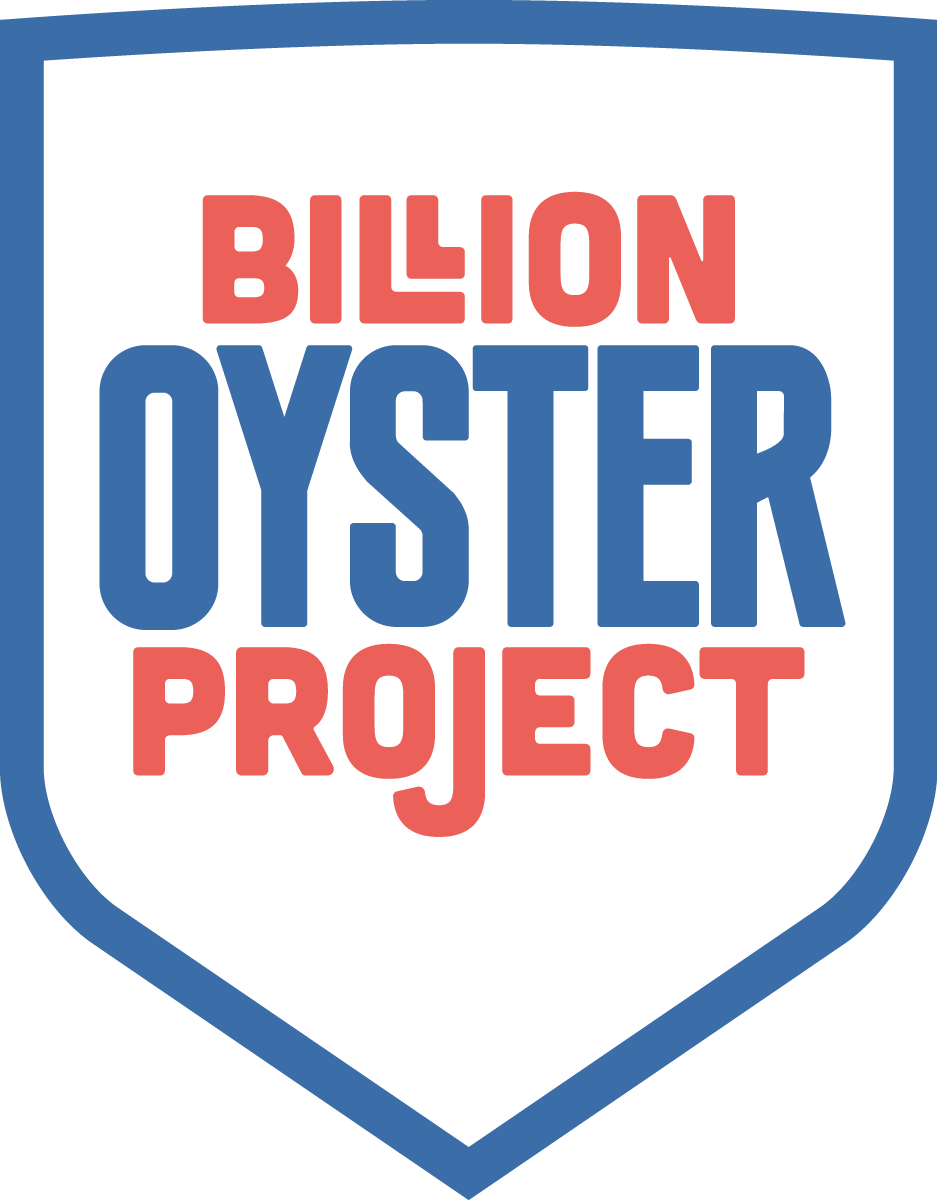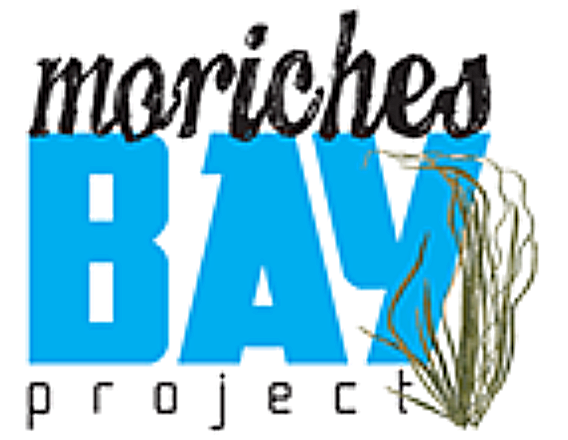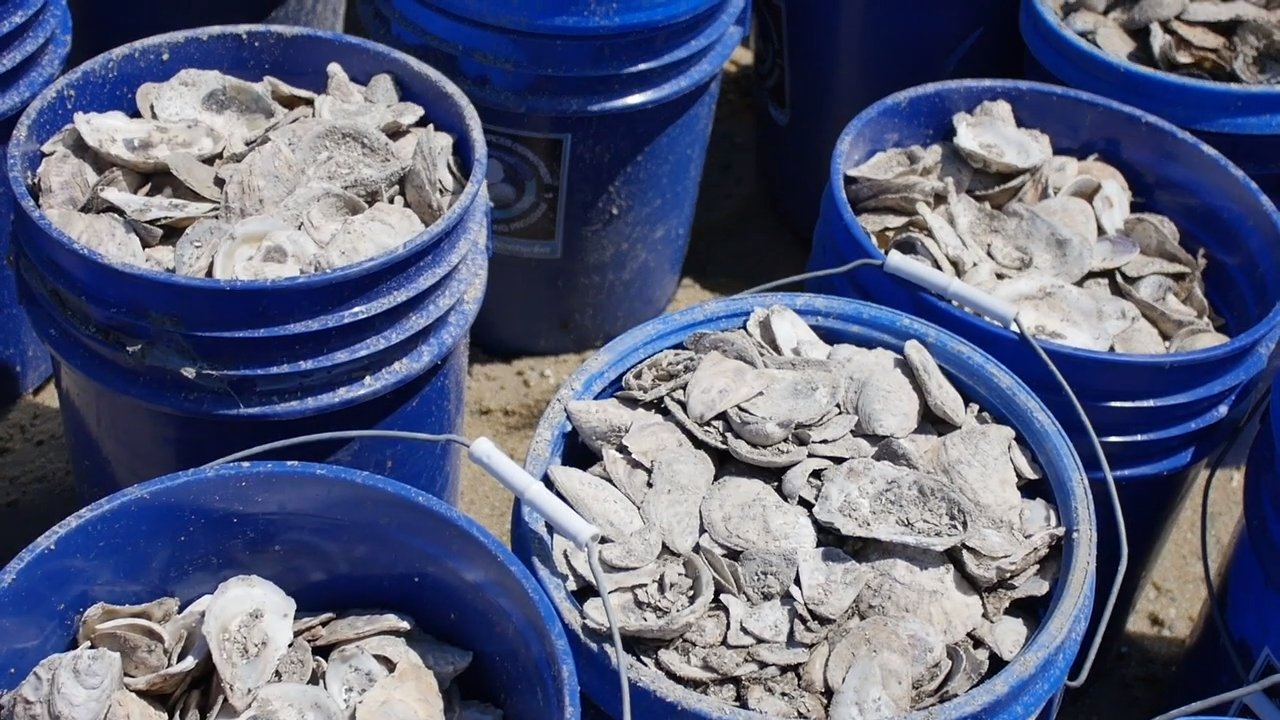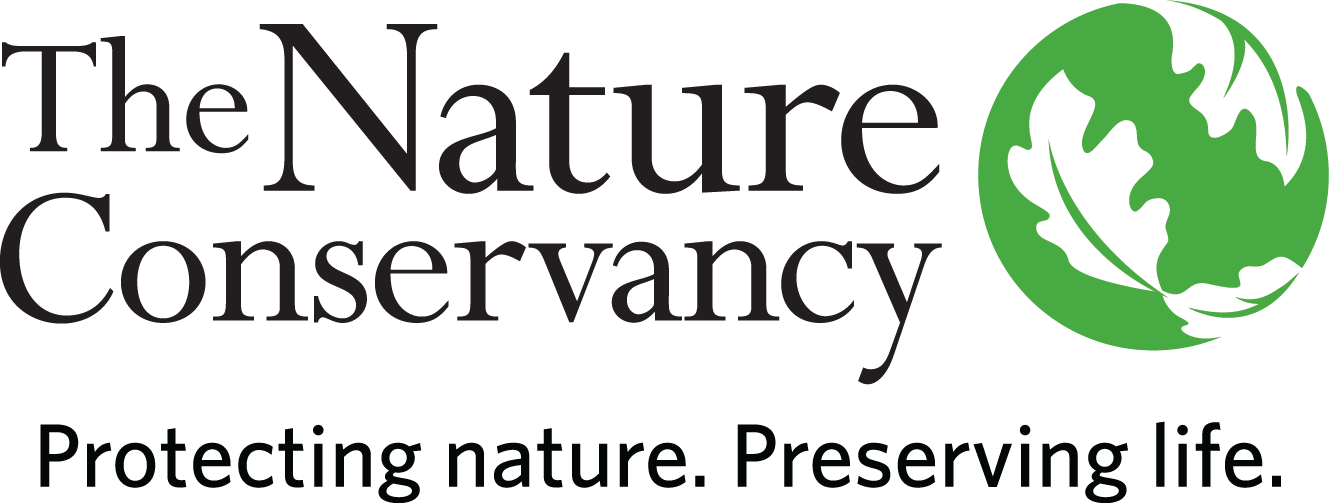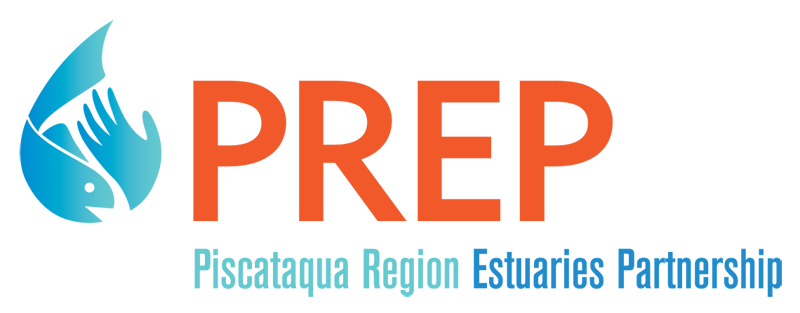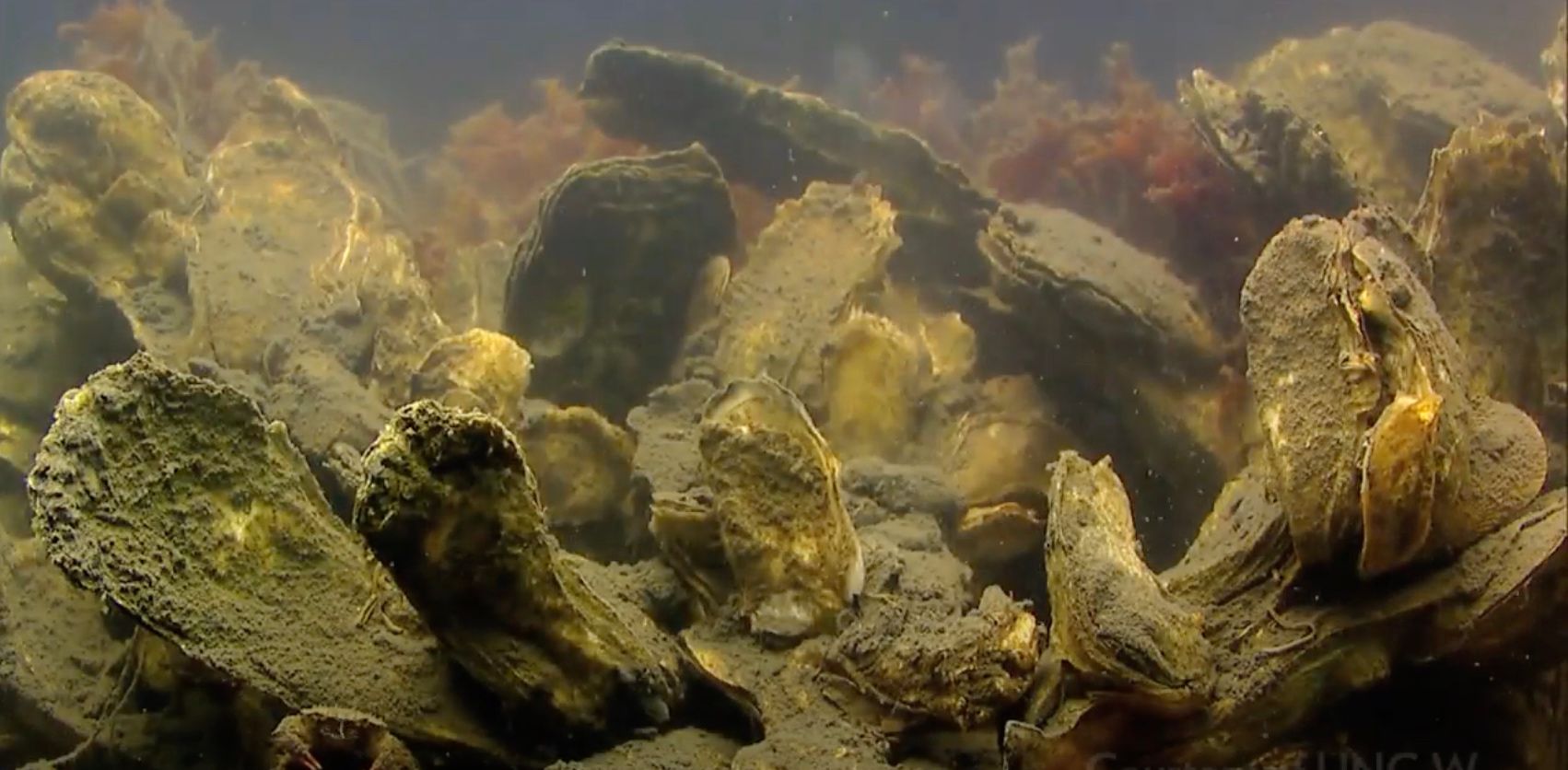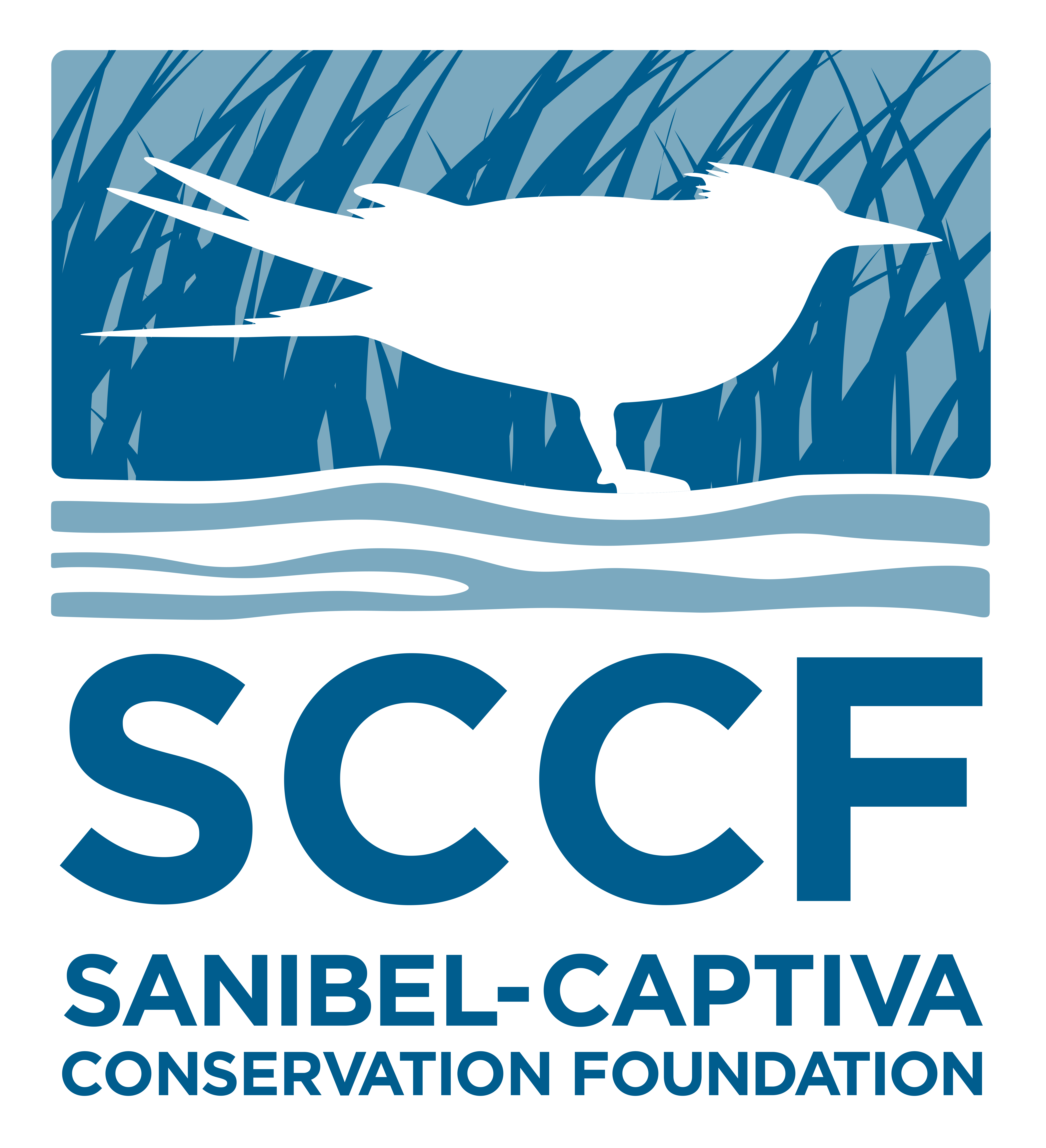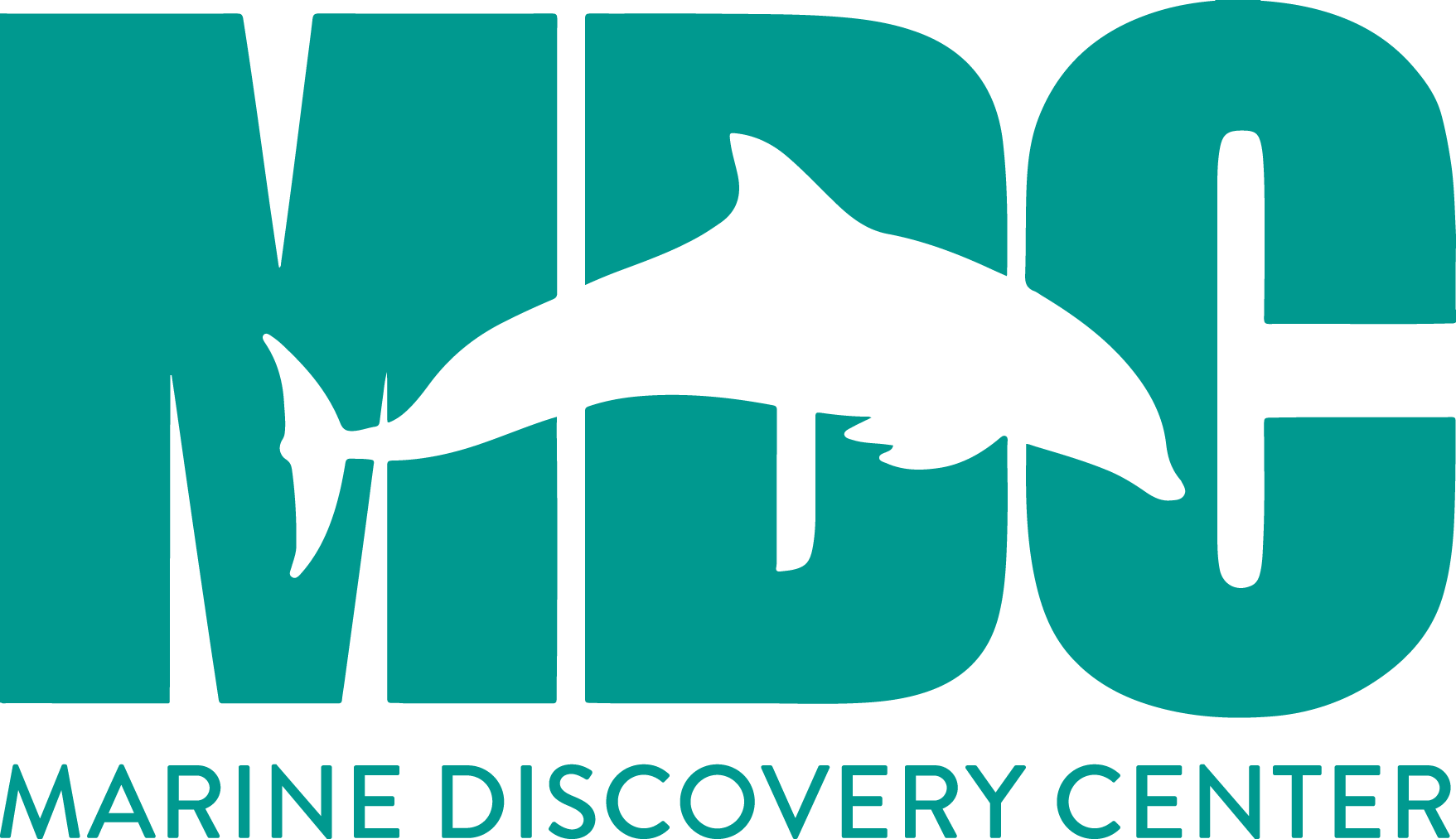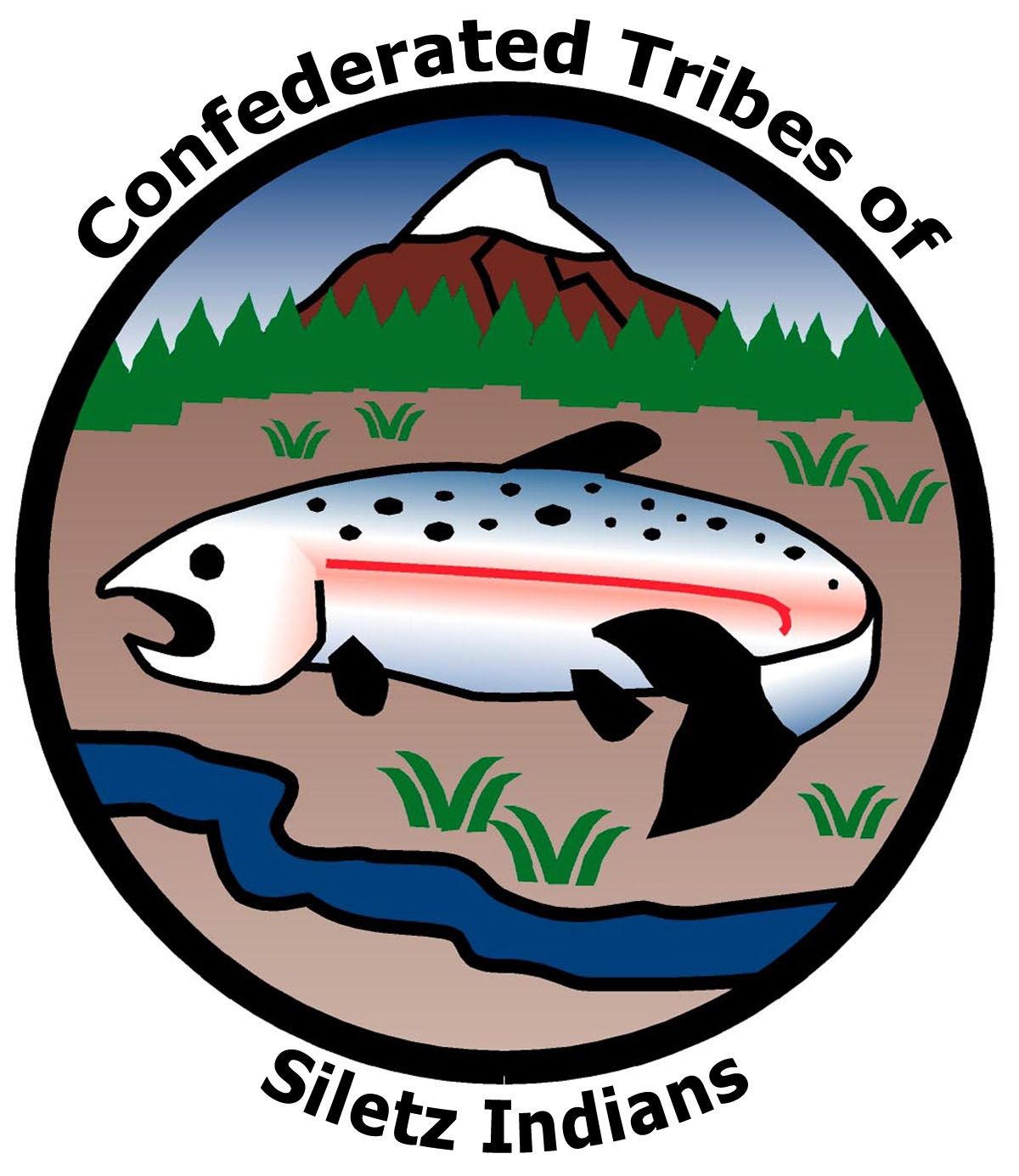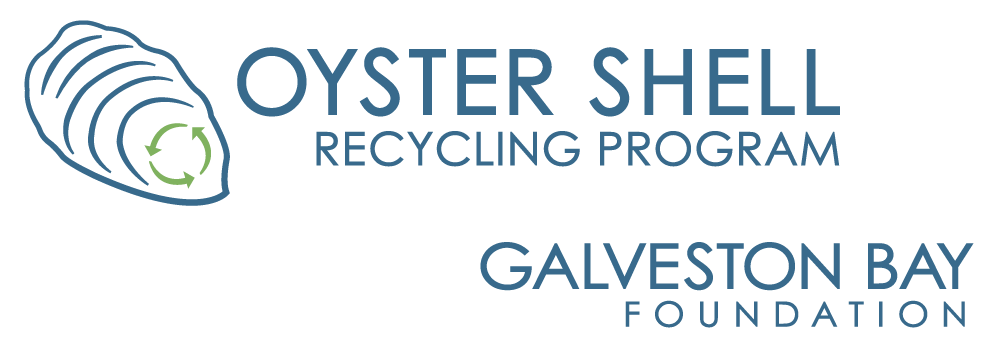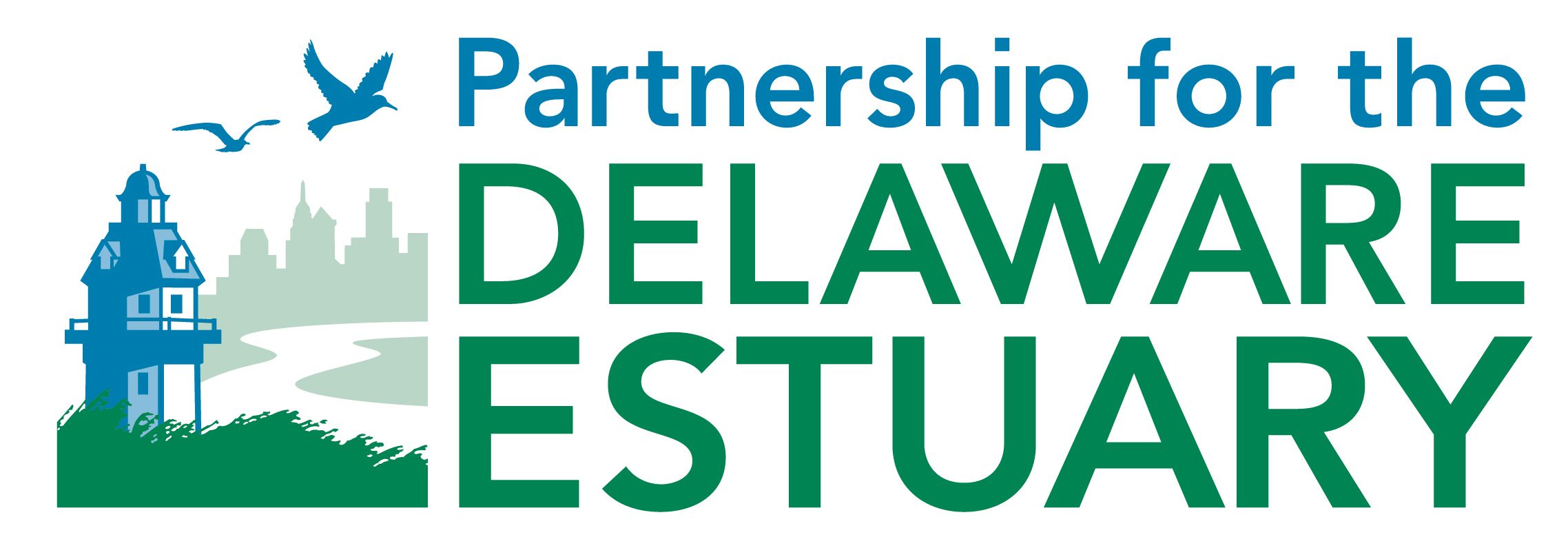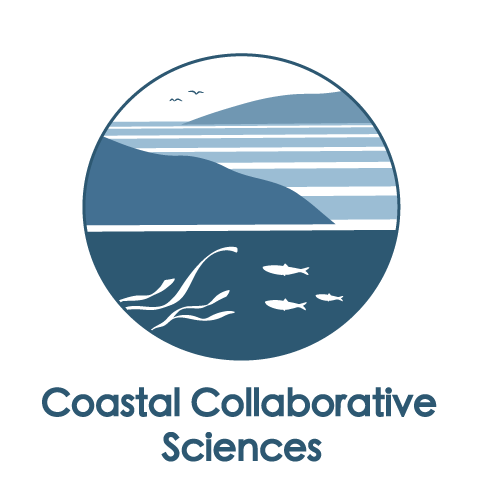Oyster Reefs
These are the nonprofits we support to restore oyster reef ecosystems across the U.S. Please follow them, attend their events, or reach out to see how you can help!
New York
Billion Oyster Project
Billion Oyster Project is an ecosystem restoration and education project that aims to restore one billion oysters to New York Harbor. Along the way, BOP is directly engaging thousands of New Yorkers through restoration-based education, citizen science, shell collection, and volunteer programs. BOP’s educational programs involve students at 54 partner schools, including the New York Harbor School, whose high school students build and operate commercial-scale oyster nurseries, design reef monitoring equipment, conduct marine biology research, and SCUBA dive. New York Harbor once had 220,000 acres of oyster reefs – the foundation of the marine ecosystem – and BOP’s work is critical to returning the harbor to health and abundance and to educating the next generation of harbor-citizens.
BOP has opportunities to volunteer, and you can even help monitor the oysters!
Moriches Bay Project
The Moriches Bay Project is dedicated to monitoring and restoring the health of Moriches Bay on Long Island. The Bay was once a thriving natural habitat for shellfish, eelgrass, and many other important bay species, but decades of poor water quality have led to their dramatic decline. Along with eelgrass restoration and education programs, MBP restores wild oyster reefs and beds as a critical strategy for improving the Bay’s water quality. MBP has received local approval for a new oyster sanctuary that will be home to over 50,000 restored oysters. MBP mobilizes the local community to take ownership over the Bay’s recovery, and involving school-age children and other community groups is a key part of its mission.
SHINNECOCK BAY RESTORATION PROGRAM
The Shinnecock Bay Restoration Program at Stony Brook University’s School of Marine and Atmospheric Sciences was created in 2012 in response to deteriorating conditions in Shinnecock Bay. The goal is to use science, community involvement, and partnerships to restore the Bay and turn the “brown tide blue.”
The program’s efforts include installing Long Island’s first permitted oyster reefs and creating an oyster and clam hatchery at its Southampton Marine Station. In addition, they are installing hard clam “spawner sanctuaries” to help clams begin reproducing on their own and are expanding existing eelgrass beds to enhance fish habitat. Their efforts are beginning to improve water quality and bring back a thriving ecosystem to Shinnecock Bay.
Community involvement is a cornerstone of the program. They believe that support and involvement from citizens and civic groups is fundamental to the program’s success. Please visit their webpage to receive updates and get involved.
New Jersey
NY/NJ BAYKEEPER
Since 1989, NY/NJ Baykeeper has worked to protect and restore the NY-NJ Harbor Estuary. A critical piece of that mission is restoring the oyster reefs that once covered 350 square miles of the estuary and are the foundation of the ecosystem. Baykeeper raises oyster larvae at its hatchery at Naval Weapons Station Earle, allowing the baby oysters to attach to cured clam shells. After several months, this spat-on-shell is planted in the wild and then monitored as they grow into self-sustaining reefs. Baykeeper’s restoration has included a collaboration with Rutgers University to install a one-acre, oyster-based “living shoreline” as part of a 200-acre restoration plan proposed for the area in and around Ware Creek. In total, Baykeeper has restored more than three million oysters to the NY-NJ Harbor Estuary. Alongside its restoration work, Baykeeper runs programs to conserve habitat, prevent pollution, and help citizens organize to protect the Estuary.
Baykeeper has various opportunities to volunteer.
Massachusetts
WELLFLEET RESTORATION PROJECT
The Town of Wellfleet has been a Massachusetts leader in oyster restoration. World-famous for its farmed oysters, the town still has a viable wild population and has been working to rebuild its oyster reefs in partnership with the Green Harbors Project at UMass Boston and the Center for Coastal Studies in Provincetown. The restoration project places clam shell and recycled oyster shell from Wellfleet OysterFest and from the Massachusetts Oyster Project’s shell recycling program into the water in strategic locations to help the wild population recolonize historic reef areas. The project has already restored 35 acres and an estimated 200 million oysters, with a goal of restoring Wellfleet’s oyster population to at least 10% of its historic population of 36 billion oysters.
To volunteer with the project, contact Curt.
NANTUCKET REEF PROJECT
The Town of Nantucket is restoring the island’s native oyster population, starting with a project in Shimmo Creek. The project involves placing recycled oyster and quahog shell, baby oysters (spat-on-shell), and adult oysters in strategic locations to build up a self-sustaining wild reef. To this end, with funding from the Nantucket Shellfish Association, the town has been collecting and curing shell from 28 restaurants to use in the project. This “Shuck It For Nantucket” shell recycling program has already collected over 70,000 lbs. of shell. The oyster reef restoration project is a component of the town’s Shellfish Management Plan, which was developed to maintain and enhance the island’s shellfish resources. One particular benefit from a healthy oyster population will be improved eelgrass habitat, which in turn supports the scalloping community on Nantucket.
MARTHA’S VINEYARD SHELLFISH GROUP
For 40 years, Martha’s Vineyard Shellfish Group has worked to preserve and enhance the shellfish resources on Martha’s Vineyard. As part of that mission, MVSG restores native oyster populations to Tisbury and Edgartown Great Ponds, with the aims of rebuilding the ecosystem, reducing nitrogen levels, and supporting a sustainable commercial harvest. Oyster larvae are spawned at MVSG’s solar-assisted hatchery on Lagoon Pond, then set on locally recycled shells in tanks on the shores of the Great Ponds. The spat-on-shell are protected in the ponds for several weeks before being planted onto the bottom. MVSG also places floating bags of shell in the ponds to provide a home for oyster larvae from the spawning wild population. To support their restoration work, MVSG has launched a shell recycling program for local restaurants, diverting shells from the waste stream and returning them to local waters to help rebuild the island’s native oyster beds.
MASSACHUSETTS OYSTER PROJECT
The Massachusetts Oyster Project works to restore the coastal environment of Massachusetts by returning wild oyster reefs to its estuaries. The Bay State has lost about 95% of its wild reefs, due primarily to overharvesting and habitat destruction. Without these reefs, the Massachusetts coast is more vulnerable to erosion and pollution and is missing critical marine habitat.
Along with ongoing policy work and oyster education programs, MOP is running an upweller project at the Gloucester Maritime Museum to begin restoring oyster populations on the North Shore. MOP also distributes funds to restoration projects in Wareham and Wellfleet and has been running a restaurant shell recycling program since 2010 to support oyster restoration efforts across the state.
New Hampshire & Maine
GREAT BAY RESTORATION PROJECT
The Nature Conservancy has been actively working to restore oyster reefs in the Great Bay Estuary, together with the Piscataqua Region Estuaries Partnership and the University of New Hampshire. The oyster population in Great Bay was once so significant that it could filter the entire volume of the estuary in just a few days. By the turn of the 21st century, the population was below 10% of historic levels. Each summer, The Nature Conservancy strategically plants shells seeded with live oysters in the estuary, with the goals of restoring its once vibrant oyster reefs, enhancing critical fisheries habitat, and improving water quality. The work is supported by local restaurants that participate in an oyster shell recycling program run by the Coastal Conservation Association and by The Nature Conservancy’s network of Oyster Conservationist volunteers, who care for oysters in cages at their own docks each summer before they are large enough to seed the restoration areas. Together, this work has fostered a growing population of oysters and a network of human ambassadors for the estuary.
North Carolina
NORTH CAROLINA COASTAL FEDERATION
The North Carolina Coastal Federation works to protect and restore coastal water quality and habitats along the North Carolina coast by collaborating with and engaging people from all walks of life. As part of improving water quality and ecosystem health, the Coastal Federation works to reverse the decline of North Carolina’s oysters, which are at 10% of historic levels due to disease, poor water quality, overfishing, and natural disaster. The Coastal Federation restores oyster habitat and coordinates with various stakeholders to build a statewide network of oyster sanctuaries, while also enhancing shellfish management areas. Since 2003, the Coastal Federation has facilitated the development and revision of the The Oyster Restoration and Protection Plan for North Carolina: A Blueprint for Action, which guides oyster restoration and protection goals coastwide. In 2016, the federation and its partners developed NCoysters.org, a comprehensive source for all information related to oyster-related habitat restoration, education, outreach, planning, and research in North Carolina.
Maryland, Virginia, Washington, D.C.
OYSTER RECOVERY PARTNERSHIP
The Oyster Recovery Partnership has been working since 1994 to restore the oyster population in the Chesapeake Bay.
The Bay was once world famous for its vast oyster reefs. Now the population is a small fraction of what it once was, and each year the Bay loses more than 2,600 acres of oyster habitat. The health of the Bay is severely compromised without a thriving oyster population filtering water and serving as habitat for other species.
ORP collaborates with watermen, government agencies, scientists, and conservation groups to carry out large-scale, science-based oyster restoration in the Bay. Since its founding, ORP and its partners have planted more than 2,200 acres of oyster reefs, including the largest man made oyster reef in the country. ORP manages the nation’s largest oyster shell recycling network and is involved in oyster research, public fishery reef replanting, education, community outreach and programs to assist watermen and aquaculture.
Florida
LOWER CHARLOTTE HARBOR OYSTER RESTORATION PROJECT
The Marine Laboratory at Sanibel-Captiva Conservation Foundation is restoring intertidal oyster reefs (Crassostrea virginica) in Lower Charlotte Harbor. Since 2009, SCCF has used fossil shell and locally sourced restaurant shell from SCCF’s own shell recycling program to restore 4 acres of degraded oyster reefs. The goal of the current project is to restore 20 acres of oyster reef in Lower Charlotte Harbor by 2025, consistent with the Charlotte Harbor Restoration Plan. Project partners include Lee County Natural Resources, the Florida Fish and Wildlife Commission, Charlotte Harbor Aquatic Preserves, Timbers restaurant, Lazy Flamingo Restaurant, Doc Ford’s restaurant and J.N. “Ding” Darling National Wildlife Refuge. Citizen volunteers have played an important role in the restoration, so far logging 6,000 hours of work at over 50 volunteer events held by SCCF.
MARINE DISCOVERY CENTER
Marine Discovery Center’s mission is to protect and restore the Indian River Lagoon and other Florida coastal ecosystems through education, research, and community stewardship. For over 20 years MDC has conducted hands on, feet wet educational programs to engage community members and visitors. The programs include shoreline and oyster restoration, eco boat and kayak tours, and field trips for students of all ages. Over 30,000 members of the public visit MDC every year.
Oyster reefs are a critical part of the Indian River Lagoon ecosystem, and oyster populations have been declining in Florida due to over harvesting, brown tide events, and rising sea levels. In collaboration with its partners, MDC has recycled enough oyster shells to restore almost 5 acres of oyster reefs. To support this work, MDC runs the Shuck and Share oyster shell recycling program, which collects oyster shell from dozens of Florida restaurants. In only four years the program has diverted over 250 tons of oyster shell from landfills.
MDC hosts numerous volunteer days to prepare oyster shell to go back in the water and build new reefs. Visit MDC’s website to learn about opportunities to volunteer with any of their wonderful programs.
FLORIDA OCEANOGRAPHIC SOCIETY
For over 50 years, Florida Oceanographic Society has worked to inspire environmental stewardship of Florida’s coastal ecosystems through education, research, and advocacy. The jumping off point for the work is their 57-acre marine life nature center in Stuart, FL. The Coastal Center works to educate visitors about the coastal environment and how they can participate in local conservation and restoration initiatives.
One of Florida Oceanographic’s leading conservation and restoration initiatives is the FLOOR program. This program is a direct response to losses over the last 60 years of oyster reef habitat in the St. Lucie River due to poor water quality and freshwater releases from Lake Okeechobee. FLOOR works to restore and expand critical oyster reef habitat in the St. Lucie Estuary and southern Indian River Lagoon while involving the community in direct, hands-on efforts. The program relies on local partner restaurants that collectively recycle over 2 tons of shell per month and on volunteers that attend regular shell bagging events. To date, the recycled shell has been used to build over 118 reefs encompassing approximately over 60,000 sq. ft.
To learn more about Florida Oceanographic Society’s programs and volunteer opportunities, visit www.FloridaOcean.org.
Washington
PUGET SOUND RESTORATION FUND
Founded in 1997, Puget Sound Restoration Fund works collaboratively to restore iconic marine resources that are diminished or imperiled and re-forge our connections to a healthy marine ecosystem. PSRF is committed to a vision of a clean and healthy Sound that is productive, full of life, and capable of sustaining us.
PSRF has been a driving force in native oyster, abalone, and kelp recovery efforts. Olympia oysters are the only native oyster on the West Coast, historically spanning 10,000 to 20,000 acres of tidelands in Puget Sound. Today, core populations are at under 5% of historic levels.
PSRF has so far restored over 60 acres of native oyster habitat in collaboration with many partner groups and tideland owners. To restore the native beds, PSRF places oyster shell in priority areas to give remaining wild larvae a place to settle and grow. In areas where the native population is very small, PSRF will also spread seed grown at PSRF’s conservation hatchery to help rebuild a breeding population.
Oregon
CONFEDERATED TRIBES OF SILETZ INDIANS
The Confederated Tribes of Siletz Indians have been working to restore Olympia oysters at Poole Slough in the Yaquina Bay, Oregon. Healthy native Olympia oyster populations improve water quality, sequester carbon, and provide food and refuge for fish and crabs, enhancing the ecosystem around them. In addition to these beneficial ecosystem services, prior to Euro-Americans' arrival in the Yaquina Bay area and subsequent overharvesting, Olympia oysters were a major food source of the coastal Tribes. Olympia oysters have been identified by the Confederated Tribes of Siletz Indians as a cultural and ecological restoration priority due to their importance for preserving cultural traditions, restoring traditional food sources, and benefitting community health. By spreading oyster shell along the bottom of the channel, substrate is provided for juvenile native oysters to settle on, grow, and reproduce, providing a source population for this significant resource.
Texas
Galveston Bay Foundation
Founded in 1987, the Galveston Bay Foundation’s mission is to preserve and enhance Galveston Bay as a healthy and productive place for generations to come. Since GBF’s founding in 1987, the population of the Houston-Galveston region has multiplied and placed even greater demands on the Bay’s resources. GBF’s work to protect the Bay includes restoring its wild oyster reefs, which are a keystone species in the ecosystem. Oysters filter the water, provide habitat for fish and other marine species, and protect the shoreline from storm surge. The Bay’s oyster population is below 50% of historical levels.
In 2011, GBF launched its Oyster Shell Recycling Program, which collects shucked oyster shells from local restaurants and returns them to the Bay to be the home for the next generation of oysters. To date GBF has recylced over 1,000 tons of oyster shell. GBF also runs an oyster gardening program, where Bayfront property place bagged oyster shell off their docks to collect wild larvae for restoration, as well as regular volunteer days for schools, Scouts, and other community groups to help prepare recycled oyster to go back in the water.
Find GBF volunteer days and events here.
Pennsylvania
PARTNERSHIP FOR THE DELAWARE ESTUARY
The Partnership for the Delaware Estuary leads science-based and collaborative efforts to improve the Delaware River and Bay, which span Pennsylvania, Delaware, and New Jersey. As part of its efforts to connect people, science, and nature, PDE works to restore the estuary’s oyster reef ecosystems.
Historically, Delaware Bay was home to one of America’s most productive oyster fisheries. The oyster population in the bay has been in decline since the 1930s, due in part to oyster diseases and overharvesting. To help support the remaining wild population, PDE collects and recycles oyster shell for use in restoration projects throughout Delaware Bay. This shell provides habitat that oyster larvae can attach to, creating new, expanding reefs. In 2016, PDE launched a shell-recycling program in Delaware, and have since recycled over 7,000 bushels of shell. They are expanding this program into Pennsylvania later this year.
British Columbia
Coastal Collaborative Sciences
The Olympia oyster is the only native oyster species on British Columbia’s coast. Related to the European oyster species, it is quite small and mostly found in the very low intertidal and high subtidal zones of estuaries, lagoons, bays, and channels. Olympias were once an important food source for local First Nations people, but overharvesting during the Gold Rush and the introduction of invasive species resulted in populations crashing up and down the coast, most of which have never recovered. It is now considered a “species of special concern” in the Canadian Species at Risk Act.
The population of Olympia oysters in Victoria’s Gorge Waterway is large compared to most on British Columbia’s coast, and Coastal Collaborative Sciences (CCS) is working to protect and grow this population. From May to September, you will find CCS staff in the Gorge switching out settling stakes to monitor Olympia oyster recruitment patterns, doing adult oyster surveys, checking on their artificial reefs and more! CCS is one of the only groups monitoring these oysters in BC, making our work crucial to the understanding how and why the population changes over the years under varying environmental conditions, and what is needed for their improved survival and restoration.
As part of its work, CCS has been testing enhanced substrates for artificial reefs. These substrates increase the settling habitat available to Olympia oysters and help raise them out of the mud. Some could be used in the future to transplant adult oysters. CCS is also experimenting with planting eelgrass near the artificial reefs to help protect the oysters from being covered with sediment. Future projects may include the relocation of thousands of adult Olympia oysters to the Esquimalt Lagoon, where Olympias have not been found since the 1920s. This would be one of the first reintroduction projects on BC’s coast.

